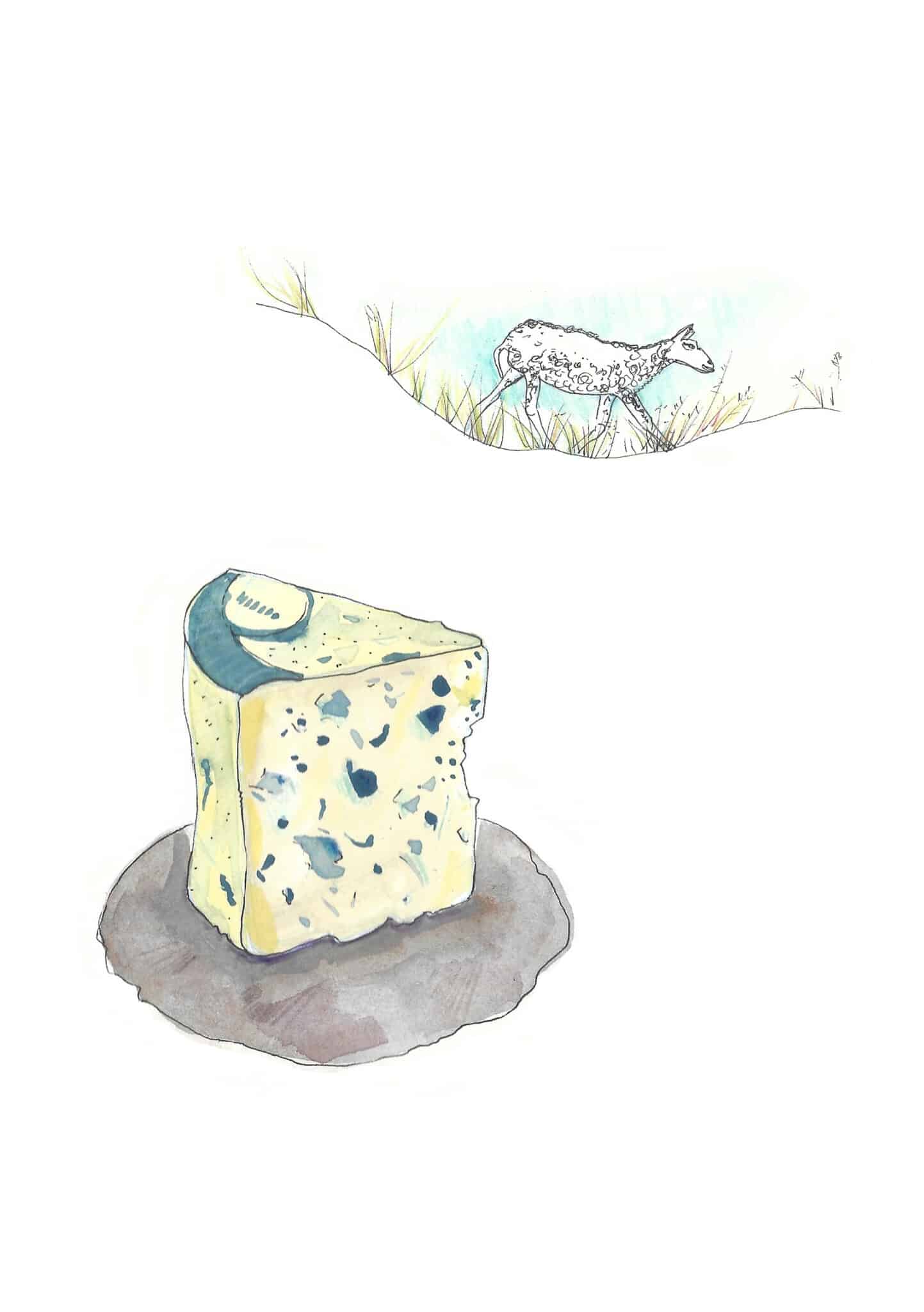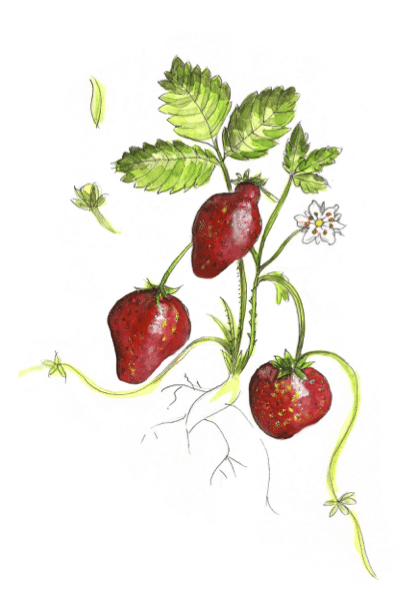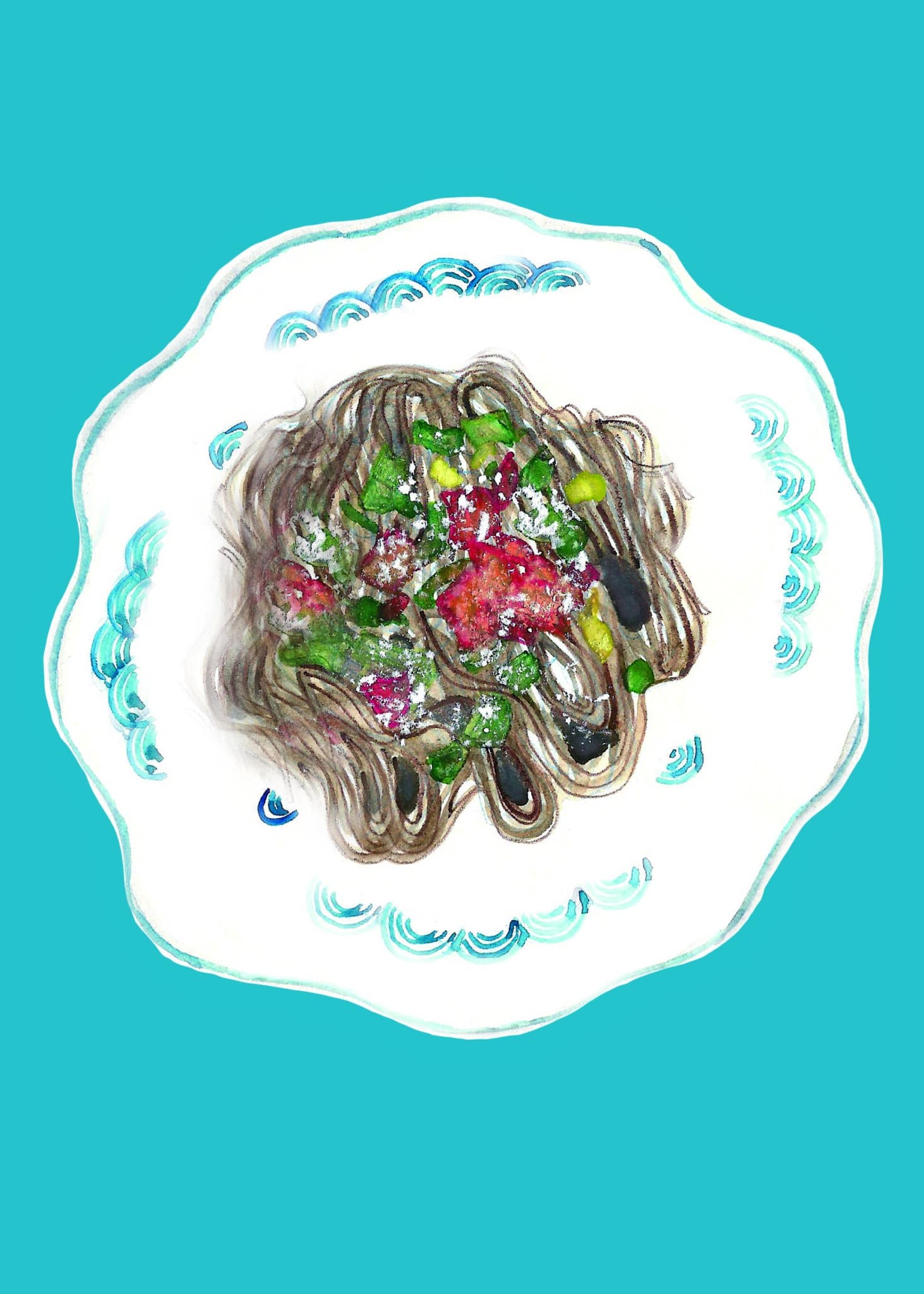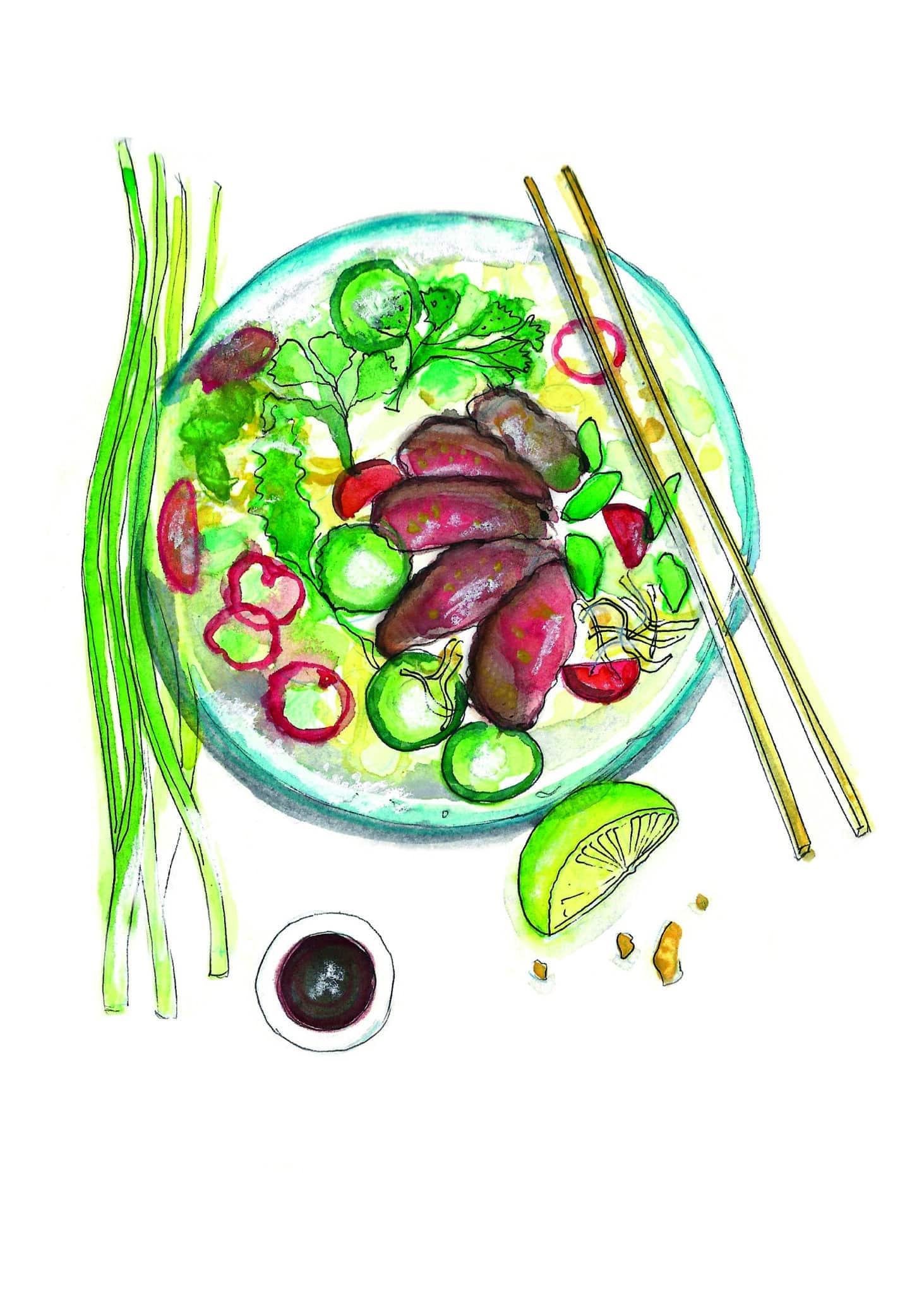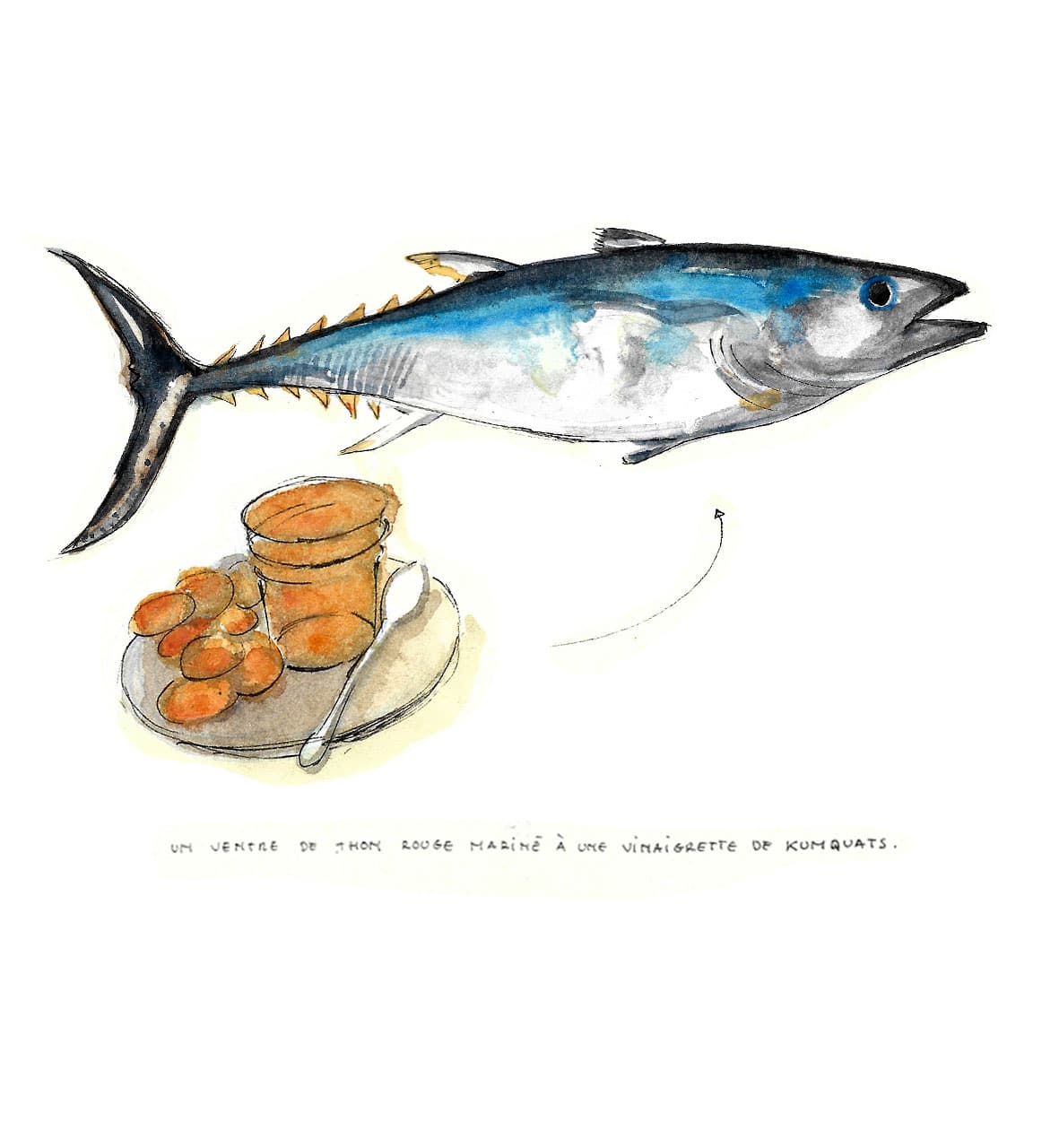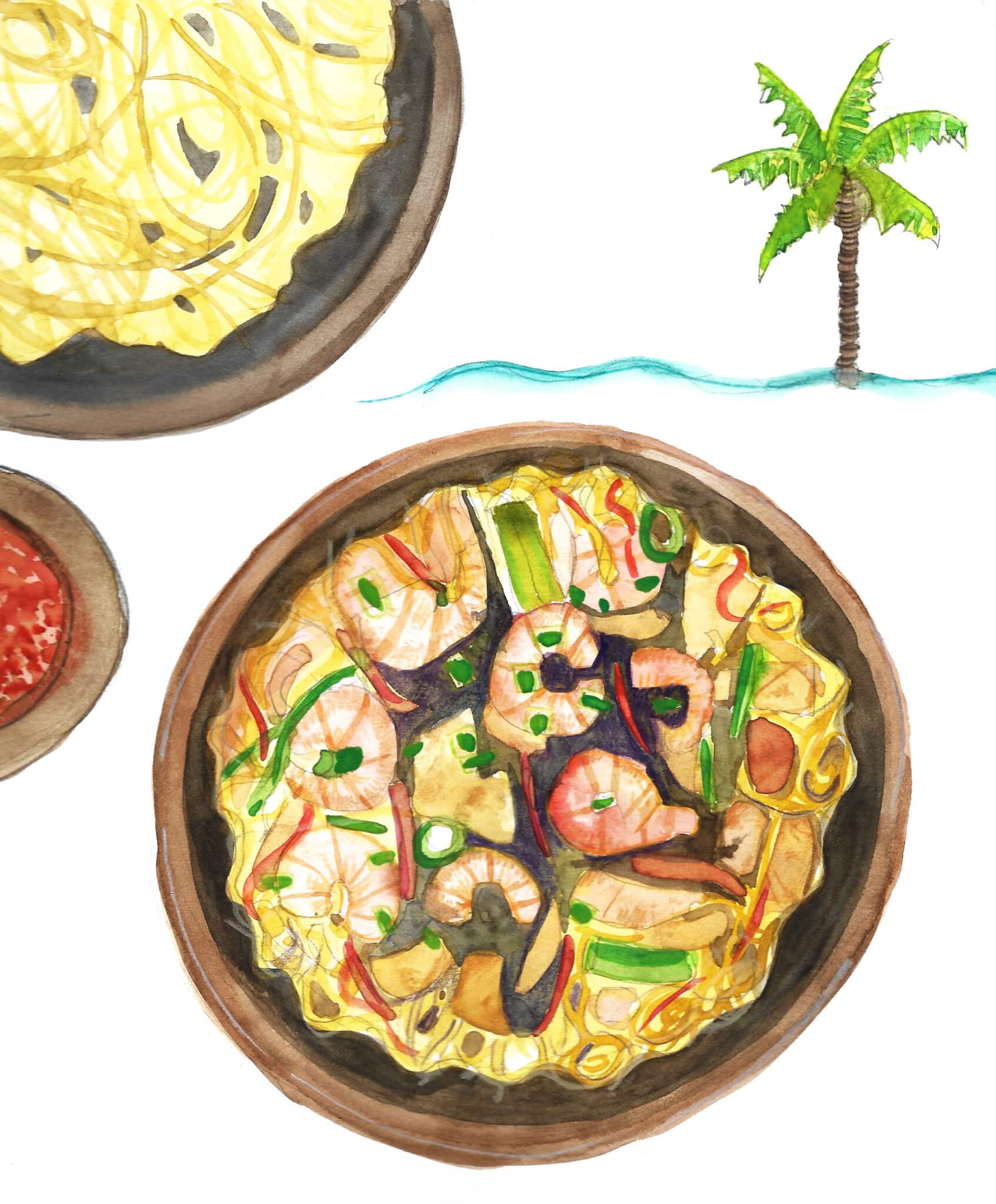
Chao Mein croquis by Anne Brisse
Different food and wine pairings with the chao mein
Chao mein is a popular dish in Tahiti inspired by Chinese cuisine. Of Cantonese origin, this dish spread with the first Chinese migrants who came to the Pacific Island in the 19th century. It now appears on all the menus of restaurants and food trucks in French Polynesia, but also in the United States and New Caledonia. Mauritians and Reunion Islanders call it the “fried mine” or the “sauté mines”.
Although these dishes are related, they differ on a few ingredients. Soybean sprouts and oyster sauce, for example, are not part of the Tahitian recipe. It is composed of Chinese noodles, shelled shrimp, minced chicken and pork. Vegetables are numerous: carrots, leeks, cabbage, broccoli, green onions and garlic. All this mixture is worked in the wok and sprinkled with soy sauce and beef broth.
A well-enveloping Meursault
The food and wine pairing can be done with ample and powerful whites. Whites vinified under wood are wise, because the patina of the wood adapts well to the caramelized nuances of soy sauce. They must also show great generosity. I chose François Mikulski’s 2019 Premier Cru Goutte d’Or Meursault. This Premier cru, in the extension of the Poruzots, delivers very ripe and enveloping wines. The 2019 vintage has the necessary width, and the mineral dimension gives shine in the final.
In a non-wooded register, the density and volume of Yves Leccia’s L’Altru Biancu 2022 are impressive. This vintage reveals a beautiful definition of the biancu gentile, which is not so easy to work with. Often, it imposes too much wealth, the balance becomes heavy. This white is perfectly managed, without denying the power and volume necessary to match the dish. Malolactic fermentation is not sought, the wine is aged for six months in stainless steel tanks on its lees.
And a red one?
A foreign alternative? I suggest an Austrian white from the Burgenland region, with the Sankt Georgen cuvée signed Roland Velich 2020 from the Moric domain. This wine comes from a grüner veltliner vine planted on a clay-limestone soil. We know this grape variety on the basaltic soils of several appellations in Lower Austria, but here, on an alkaline soil, the aromas and flavors differ. The wine has more width and coats more from its prime of youth, while retaining its spicy character. This wine is vinified in wood, but the woody are both fine and well integrated.
A red with moderate power can also play with the ingredients of the chao mein, but be careful!, you must stay in a delicate and finely woody register. I would leave on a wine from Beaujolais, the Fleurie 2022 of Clos de la Roilette. Alain Coudert delights us with this cuvée with a pulpy matter defined by a wide and velvety mouth. The wine comes from 40-year-old gamay planted on granite. On this dish, I recommend serving it at 15° C.
Olivier Poussier, best sommelier in the world, 2000
The Revue des vins de France August 2025
